Looking up at the stars in Australia's Northern Territory is absolutely romantic. There are no buildings on the vast wasteland, few light sources, and the natural star-watching advantage of the southern hemisphere over the northern hemisphere, where not only are many stars visible in the southern hemisphere, such as the glittering five planets and the southern cross, but also the clear and bright Milky Way.
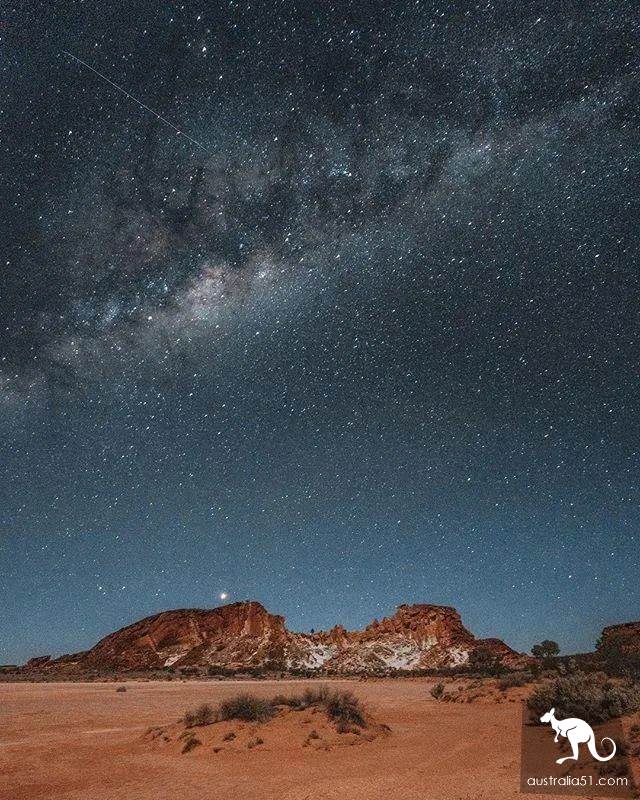
Environmental Factors of Observation Sta
Black: Any light, including bright moonlight, is the enemy of the naked eye, so "less light pollution" is the first condition of the star.
Dry: The lower the air humidity, the more transparent the atmosphere, the less scattered loss of starlight, stars and sky background contrast increased, more favorable for star viewing.
South: Although this is not a necessary condition, it is true that the southern hemisphere has an excellent geographical advantage in viewing the stars. Because the center of the Milky Way is on the southern side, the part of the Milky Way can be seen from the southern hemisphere larger than the northern hemisphere.
For ordinary people, this is a rare beauty that is hard to see in urban life, and this starry sky has more practical significance for local aborigines. They have been learning about the world around them from a very early time through observations of the stars, leading to everyday activities.
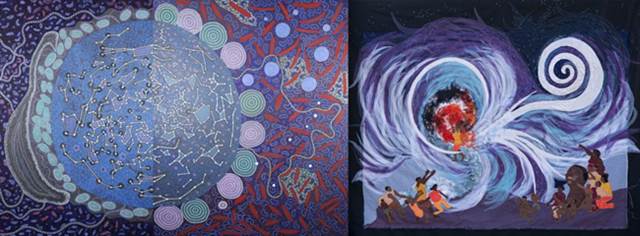
Long-term astrological observations allow the aborigines to gradually acquire laws about changes in nature, climate, food and so on, and thus design seasonal calendars that are closely related to their lives. They will name the season by the name of the harvest fruit and hunt or gather food according to the season table. And when a star or constellation appears, they also know when to migrate to a food-rich location.
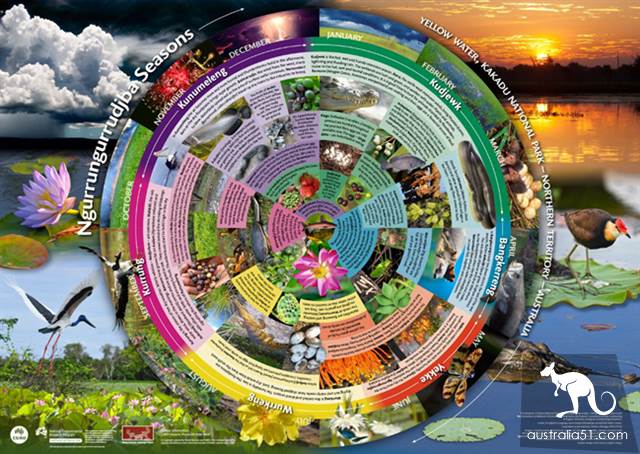
Aborigines in Kakadu and Arnhem have mastered the rules of the hornet constellation, which, if it happens to come out after sunset, is a season for their food —— the harvest of Lycago. Native Americans also imagine the stars as different pictures and name them, but neither the name nor the basis is the same as the constellation in modern astronomy.
One of the most magical things about "the sky. The dim part of the Milky Way looks like an owl. Aborigines use it to judge the condition of the ground's cormorants, such as the "cormorants in the sky" stretching from south to southeast from April to May, when the female cormorants lay their eggs.
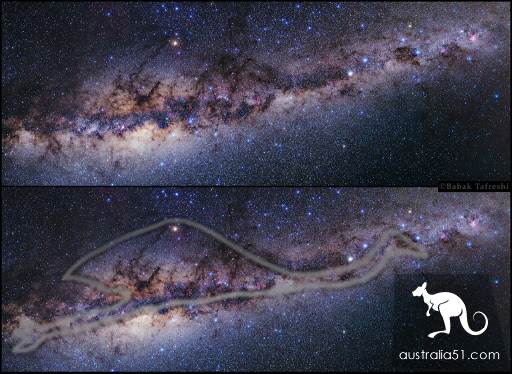
One of the most important "constellations" in Australia's aboriginal culture is the sky. Orion in modern astronomy is a canoe in the eyes of the aborigines. According to their legend, three brothers went fishing in a canoe and caught a king fish. Although law banned them from hunting king fish, they ate the fish because they were too hungry to break the law. When the sun goddess knew that she was furious, she blew the three brothers together with a canoe into the sky.
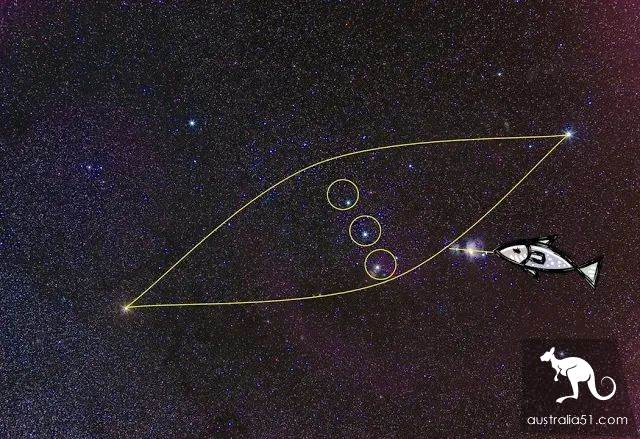
If you try to fantasize about the same starry sky in an aboriginal way, you can feel another flavor.
Here are the best spots in the North Territory. Please mark well.
Uluru Ururo

[A28FA907-D346-9199-9C37-84F31386A02E]
Alice Springs Alice Springs

Located near the town of Alice Springs, the World Nature Center (Earth Sanctuary), a resort with observatories, multiple eco- domes house 、 restaurants and learning centers, you can enjoy the Australian barbecue, throwing spears, watching the moon through binoculars, and learning about aboriginal culture.
Tiwi Islands Islands
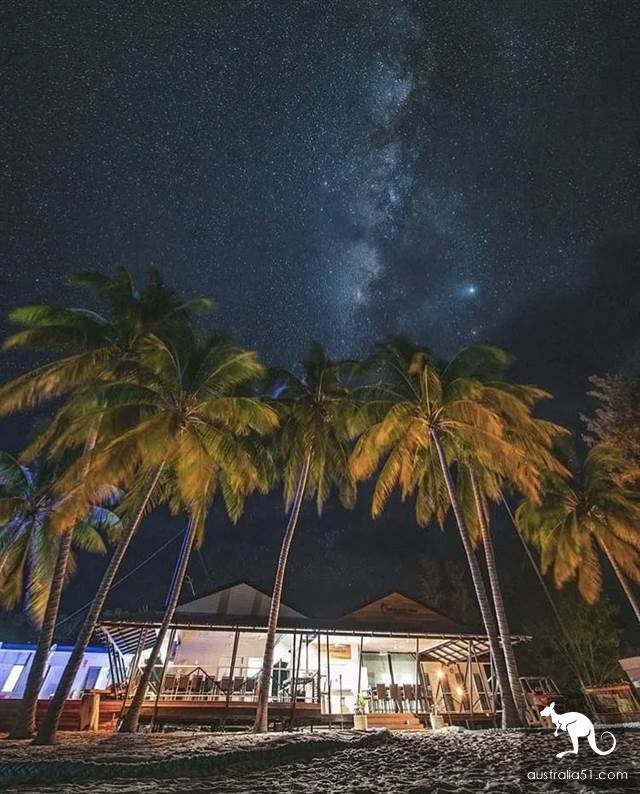
Called the "Smiling Islands ", the Tivi Islands (Tiwi Islands),80 km north of Darwin, can be accessed by ferry (about 2.5 hours) or by small aircraft (about 30 minutes). Because the island is far away from the mainland light pollution, unobstructed view of the vast, with a stretch of coastline, so that many tourists and photographers to the "star-chasing" resort.
East Point East Points
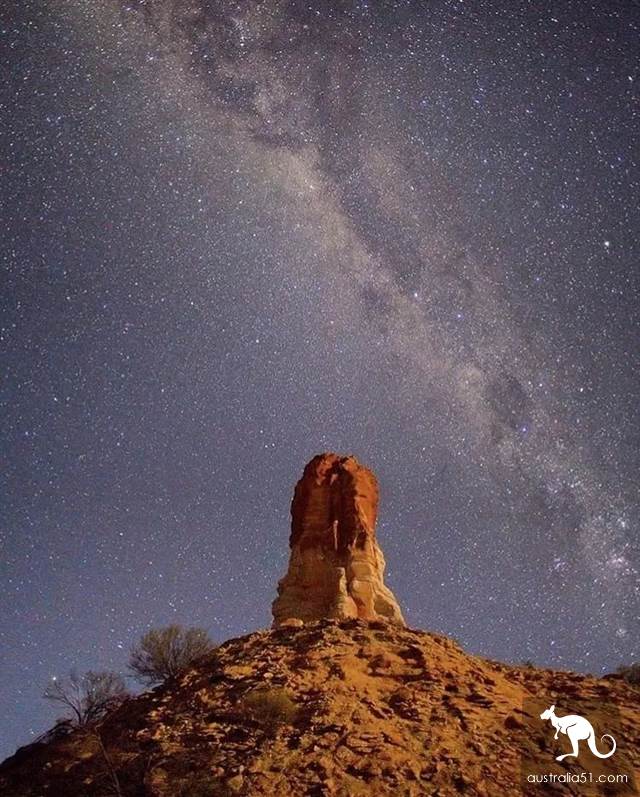
Located just five kilometers from downtown Darwin, the eastern corner is home to several popular beaches and wildlife.
The natural environment here is protected so completely, nature is also a good place to watch stars. After the night, when the brilliant star river and the level of the Timor sea, constitute a beautiful night scene will be unforgettable. During the day, you can explore indigenous traditions and pioneer history; at night, it is one of the best places to see the Milky Way in the world.
Because the climate here is dry and low humidity, few people without light damage, into the night, you can head the sky stars, the Milky Way with the naked eye clearly visible, such a generous star conditions, few places on the earth can match here.





